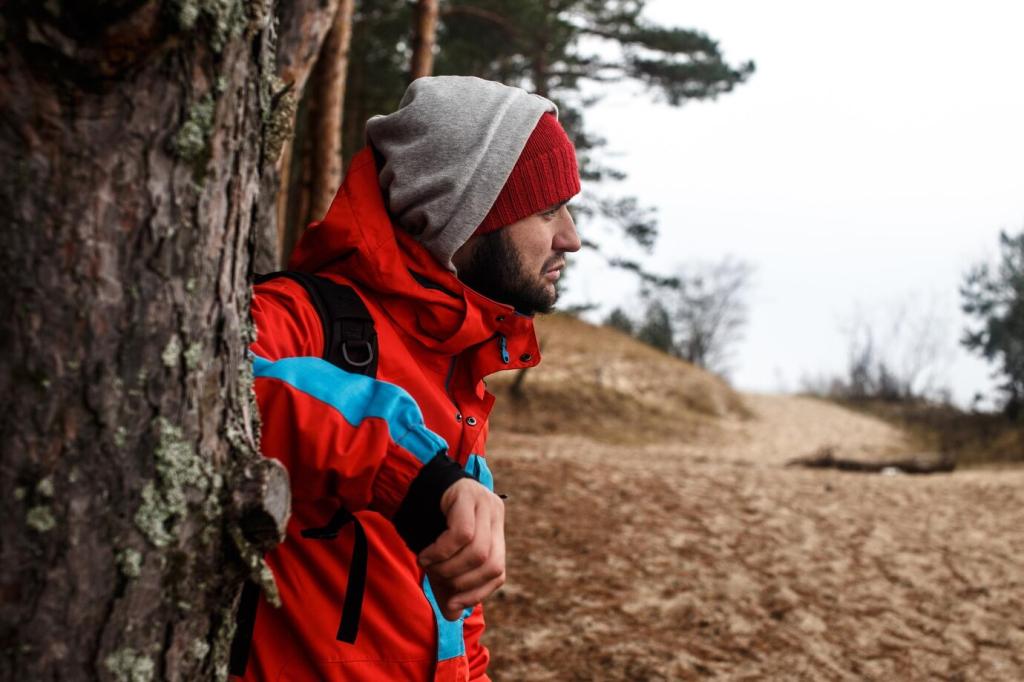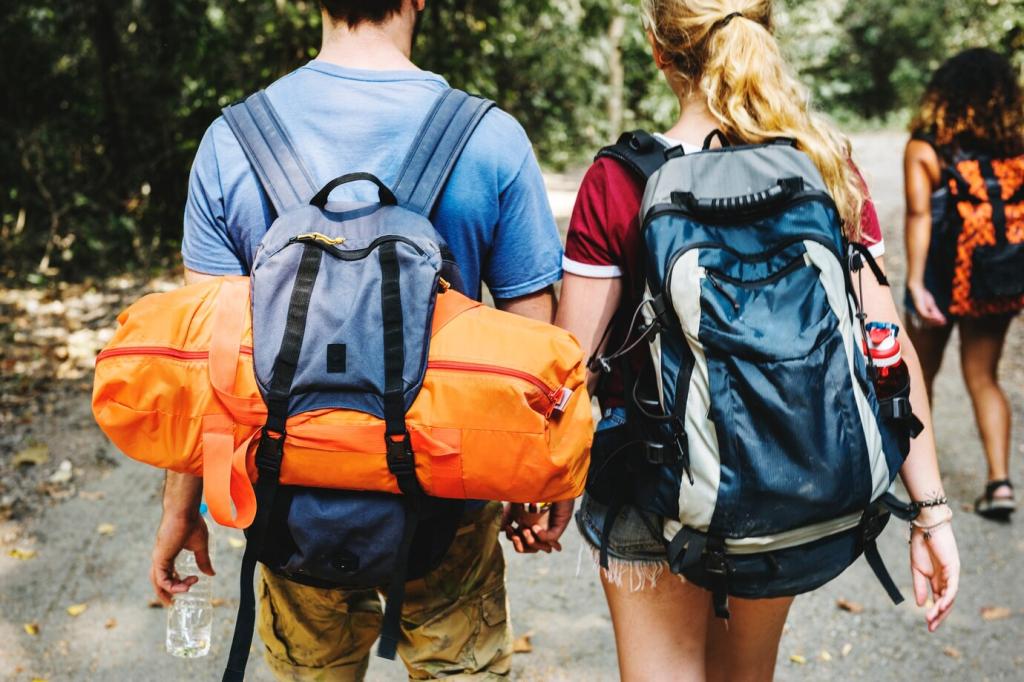Sleep System: Warmth, Cushion, and Recovery
EN or ISO ratings help, but personal metabolism, shelter type, and wind exposure shift real world warmth. If you sleep cold, consider a warmer rating, draft collar, and dry sleep socks dedicated solely to camp comfort.
Sleep System: Warmth, Cushion, and Recovery
An insulated pad with an appropriate R value prevents ground chill from stealing heat. Closed cell foam adds reliability and puncture resistance, while inflatables provide plush comfort on roots, sloping sites, and long mileage recovery nights.
Sleep System: Warmth, Cushion, and Recovery
Quilt straps stop drafts, a small inflatable pillow supports the neck, and a breathable liner keeps your insulation fresh. Stash a beanie and puffy nearby, and keep tomorrow’s socks warm at the bottom of your bag.
Sleep System: Warmth, Cushion, and Recovery
Lorem ipsum dolor sit amet, consectetur adipiscing elit. Ut elit tellus, luctus nec ullamcorper mattis, pulvinar dapibus leo.









